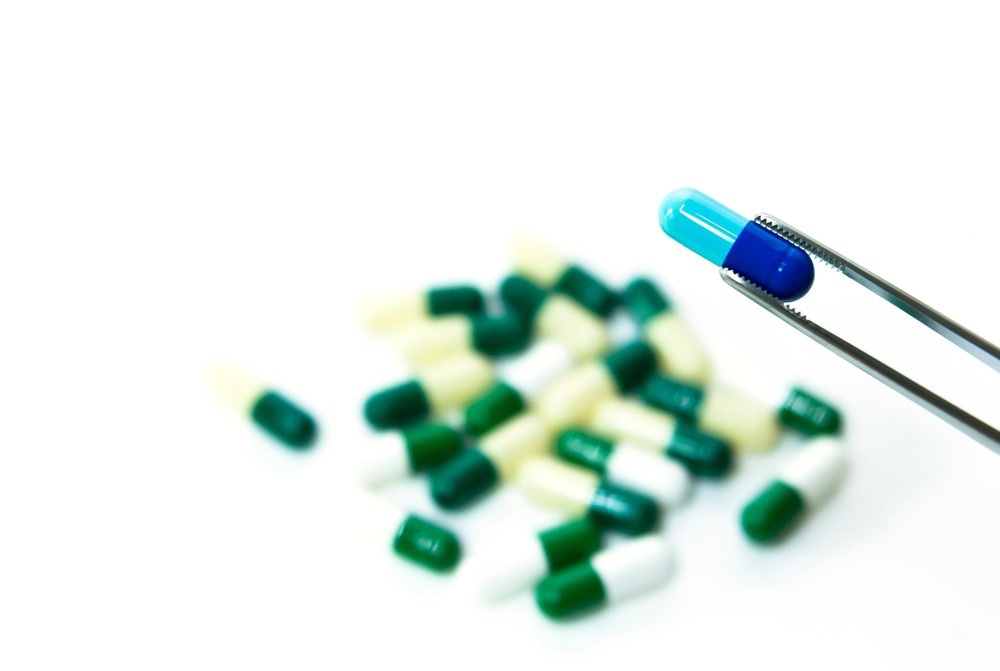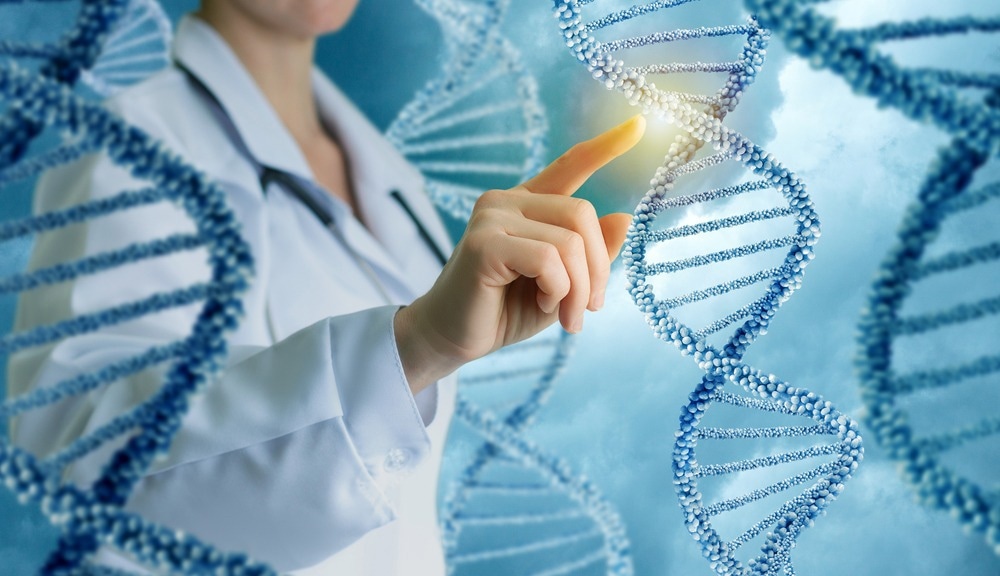Drug repurposing refers to the identification of novel and original benefits for already approved drugs available to treat a disease or medical condition, which have already been shown to have good performance for the treatment of such disease state and exhibit unexplored properties to treat other diseases.

Image Credit: unoL/Shutterstock.com
Genomics and similar omics play a fundamental role in drug repurposing because the information derived from sequencing technologies (e.g., differentially expressed genes) can be very useful in predicting the behavior of a particular drug in a given cellular phenotype.
Drug Development and Drug Repurposing: Two Complementary Approaches
Drug development can be defined as a complex research process aimed at releasing a novel medication to the market to treat a particular disease and/or health condition.
Drug development is a meticulous process that involves different and sequential stages, including 1) drug discovery, 2) preclinical research trials, 3) clinical research, 4) drug review, and finally, 5) drug monitoring and release.
Conversely, drug repurposing is a relatively faster procedure because this approach aims at identifying already approved medications capable of treating diseases other than those developed. Obviously, drug repurposing exhibits an advantage in velocity; therefore, the process of release is (a priori) faster when compared to drug development.
Drug repurposing also raises lower licensing risks because these drugs have already been validated during different stages of drug development, and there have been situations where they were even directly commercialized in case of similar health conditions.
Genomics and Drug Repurposing
Genomics is an essential field in biology aimed at analyzing the full set of genes (i.e., the genome) of an organism. Genomics studies the structure and function of nucleotide sequences in the linear order in which they are physically arranged within chromosomes. Genomics also analyzes how the complete set of genes interacts with particular environmental conditions to shape a phenotypic trait or characteristic.
All physical traits exhibited by an individual or its cells depend on the expression of certain genes and the turn-off of others, as well as the transcriptional state of non-coding regulatory sequences that do not encode proteins.
One of the most important methods involved in the drug repurposing process is known as the signature-based strategy, which consists of using already publicly available genomic sequencing data to identify off-targets and molecular markers that might be associated with the disease state.
The signature-based method is very useful because this strategy can predict patterns that match the signatures of known molecular mechanisms. This approach is also the best choice to analyze how a specific repositioned drug could affect differentially expressed genes and related molecular signaling pathways. In general, the signature-based procedure is based on the application of genome-wide association studies.
The delivery of a given drug to treat a disease or health condition always is associated with a change in gene expression patterns by affecting the manner and time in which a genome is expressed, which affects gene products (mRNAs) used by a cell to synthesize proteins by the translation process.
Genomics can significantly speed up the drug repurposing process by integrating already available gene expression data and network approaches. One of the most well-known and representative cases of drug repurposing is sildenafil, which was originally developed for treating angina and is posteriorly repurposed to treat erectile dysfunction. In consequence, sequencing data can be very helpful in identifying genes whose expression is correlated with the use of a drug, such as, in the case of sildenafil, genes associated with the functioning of the cardiovascular system.

Image Credit: Natali _ Mis/Shutterstock.com
Genome-wide Association in Drug Development
Genome-wide association is a strategy that involves using molecular markers scattered across the genome to identify genetic sources of (nucleotide sequence) variation associated with the state of disease and/or health condition. Over the last few years, genome-wide association studies have represented a milestone for researchers actively working in drug development. These analyses can reveal key insights into the identification of 'drug targets' and how a particular drug may affect a cellular phenotype.
Genome-wide association is even more important for drug repurposing, where this type of bioinformatic analysis can be used to rapidly identify how already approved drugs affected gene expression patterns in preclinical and clinical trials.
Precision medicine and Drug Repurposing
Precision medicine is based on studying how genetic factors and environmental conditions work together to shape an individual's phenotype. Transcriptomics data derived from bulk single-cell sequencing (scRNA-seq) is a valuable tool to identify a drug that can be repurposed for treating a rare disease.
Genomics-driven Drug Repurposing Approaches: Future Perspectives
Traditional approaches for drug development are often time-consuming, expensive, and raise more serious risks than drug repurposing. Genomics has come to speed up drug repurposing strategies by increasing the velocity of target validation and providing key info about gene expression patterns.
In the near future, it is expected that publicly available data from genome-wide association studies can help us to discover new and more effective drugs.
Further Reading
Last Updated: Dec 20, 2022